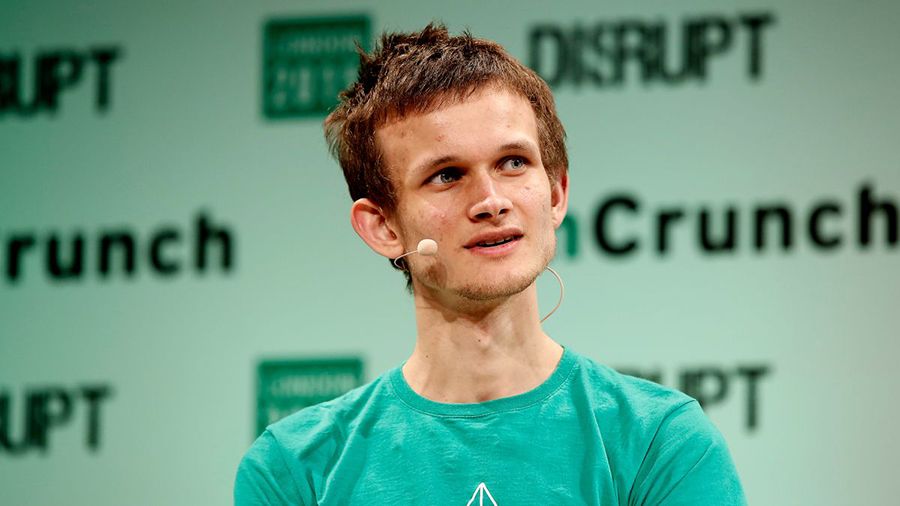Ethereum co-founder Vitalik Buterin spoke about the obstacles to deploying Ethereum 2.0. According to him, the development is influenced not by technological, but by human factors.
At the Virtual Fintech Forum at StartmeupHK Festival 2021 this week, Buterin said the main challenges to updating the world’s largest smart contract network were not technology. He admitted that the creation of Ethereum took much longer than he expected – according to his first estimates, it should have taken about three months, but in the end it took eighteen months. The deployment of the second version of the network will take even longer.
“We thought it would take one year to prepare for the transition to Proof-of-Stake, but in fact it will take six years. If you are creating a complex project, be prepared to spend much more time on it than you planned, ”Buterin said.
He also added that in the five years it took Ethereum to reach its current status, there have been a number of internal conflicts within the development team:
“One of the biggest problems I have found in our project is not technical difficulties, but problems related to people.”
Buterin said that once roll-ups and sharding are deployed, Ethereum 2.0 will have the scalability expected for large-scale enterprise applications. However, according to the network’s latest roadmap, this is unlikely to happen before the end of 2022. According to the developers’ plan, the two chains will be merged in late 2021 or early 2022:
“The original plan was to work on deploying shards before the merge to address the scalability issue. However, with the advent of second-tier scaling solutions, the priority has shifted to replacing Proof-of-Work with Proof-of-Stake through merge. ”
Deployment of Phase 1, which implies increasing network scalability through sharding, is planned no earlier than 2022. Buterin said the current version of Ethereum has largely been a victim of its own success, as demand has driven fees to record levels, making most transactions economically unprofitable for the average user.
Regarding Ethereum 2.0, Buterin said that the development team is using the name less and less as they want to emphasize that “this is not abandoning the existing Ethereum platform and creating a completely new one. It’s a much more incremental set of changes. ”
Recently, the number of coins blocked for staking in the Ethereum 2.0 deposit contract exceeded 5 million ETH. The number has continued to climb since the launch of the signal chain last December.







